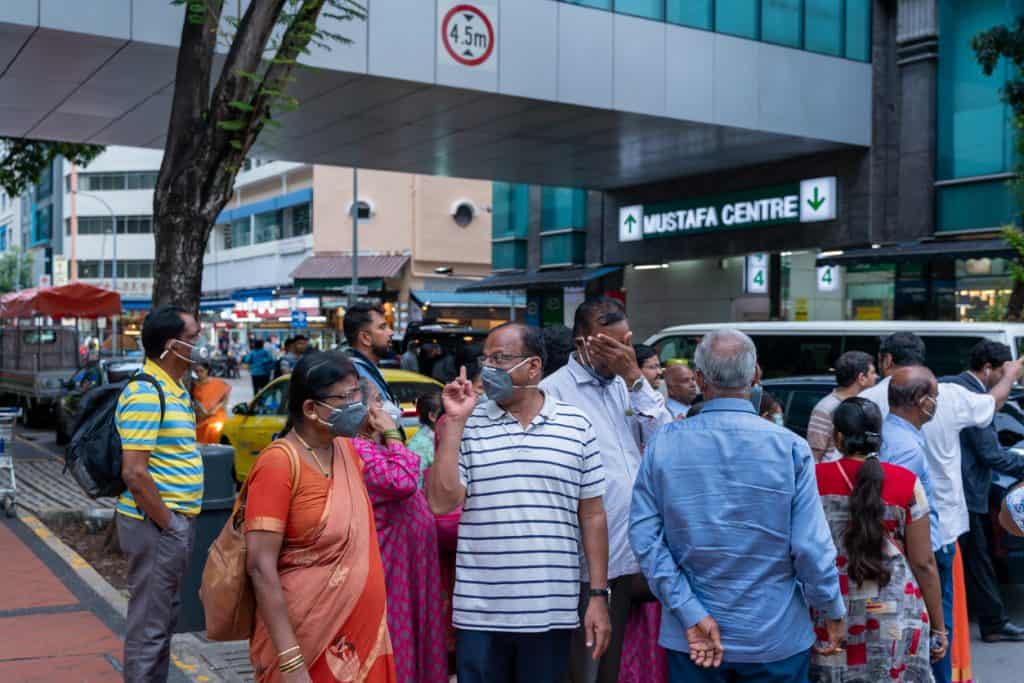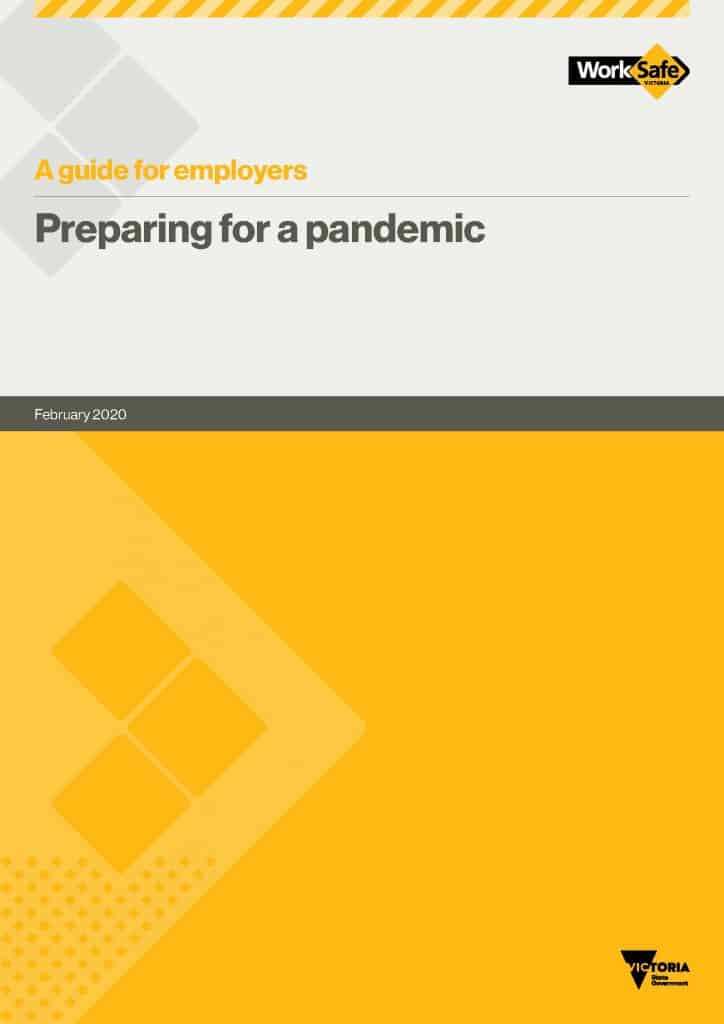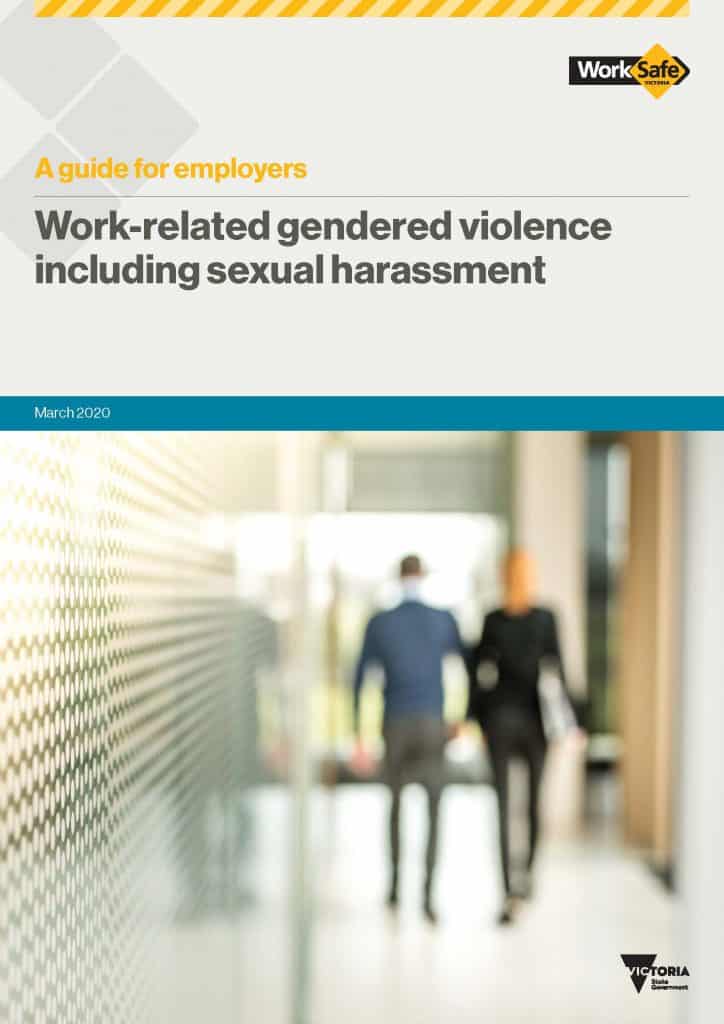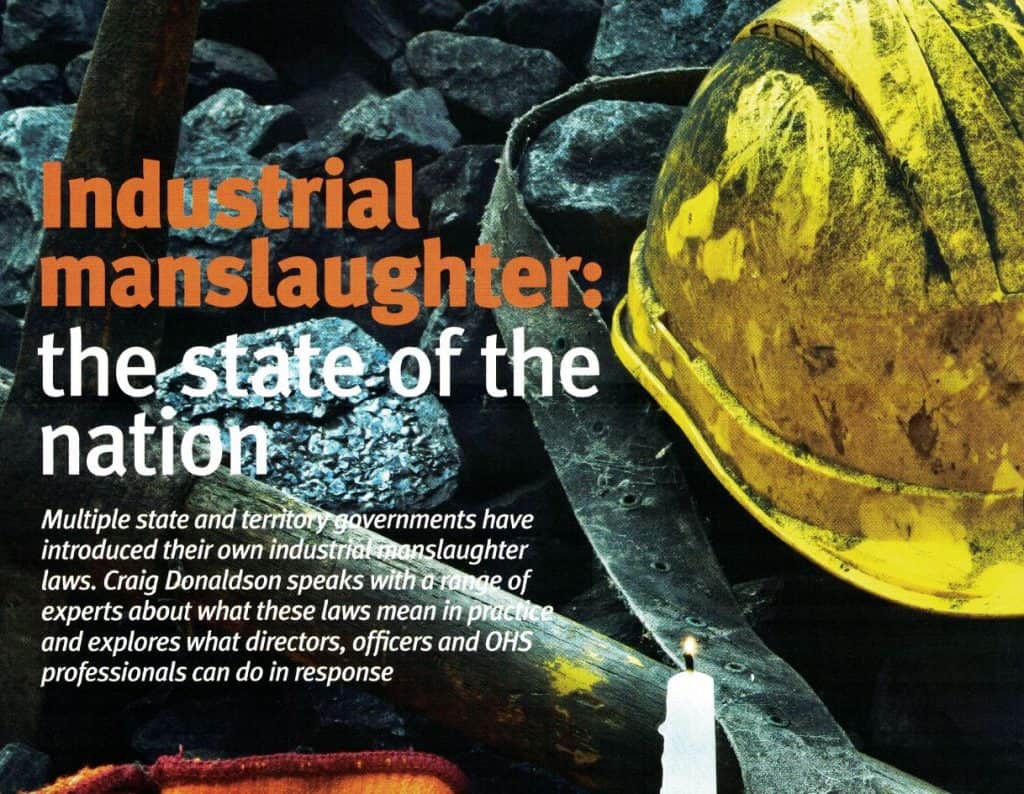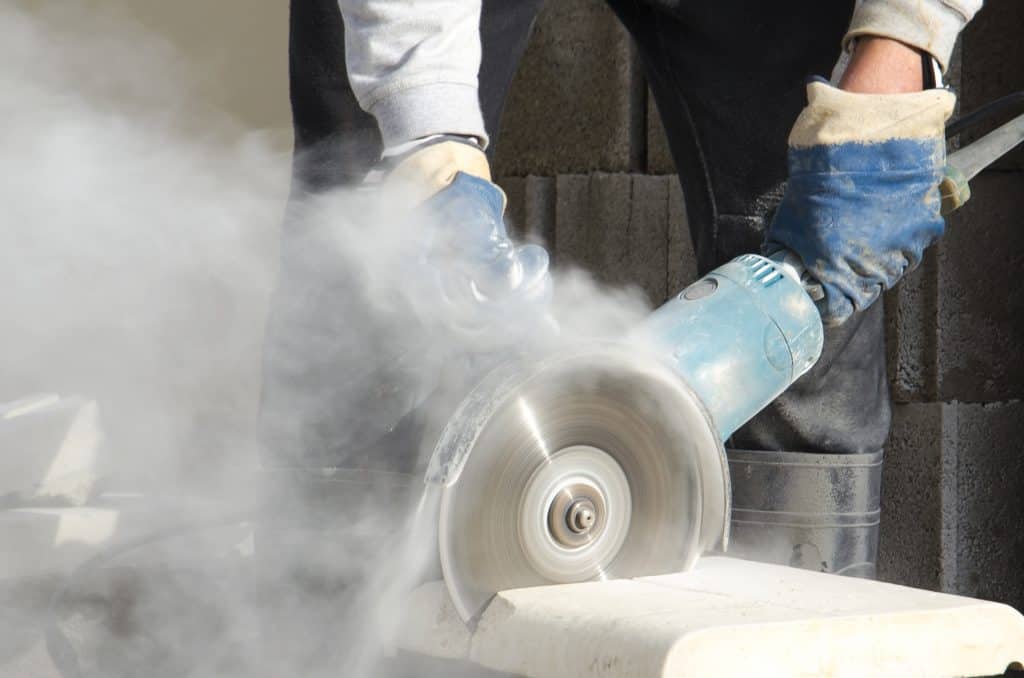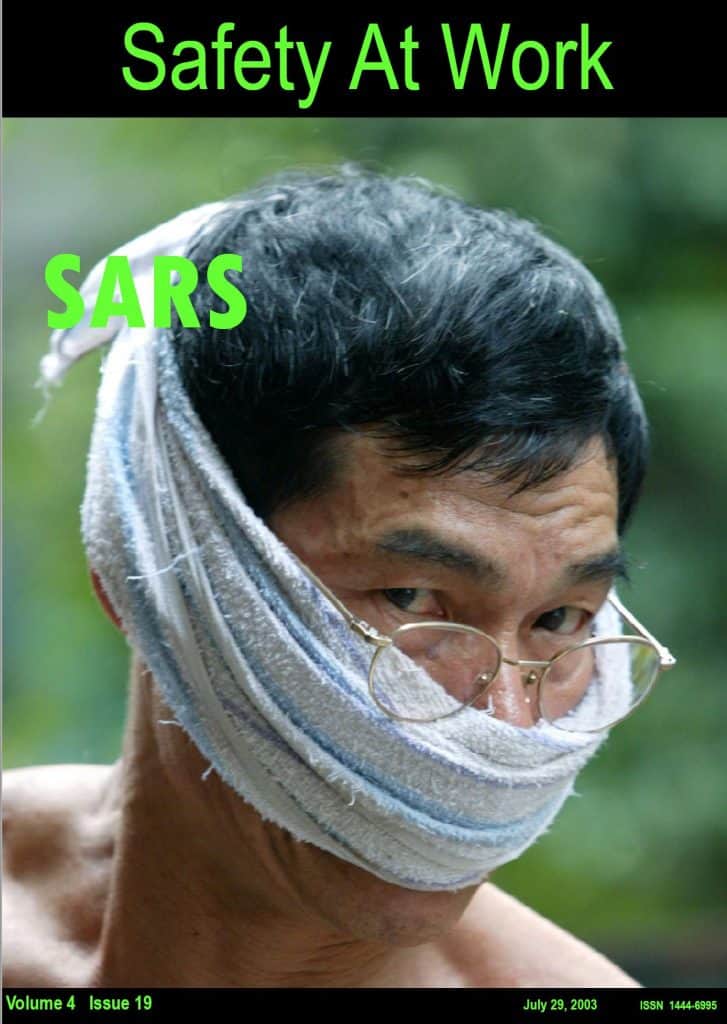
This blog transitioned from a self-published magazine almost 12 years ago. In 2003, the magazine published an edition focussing on the SARS (Severe Acute Respiratory Syndrome ) outbreak which includes a long article by Peter Sandman and Jody Lanard on epidemics and fear, an emotion that many of us are feeling in these uncertain times. The full magazine is available for subscribers below.

